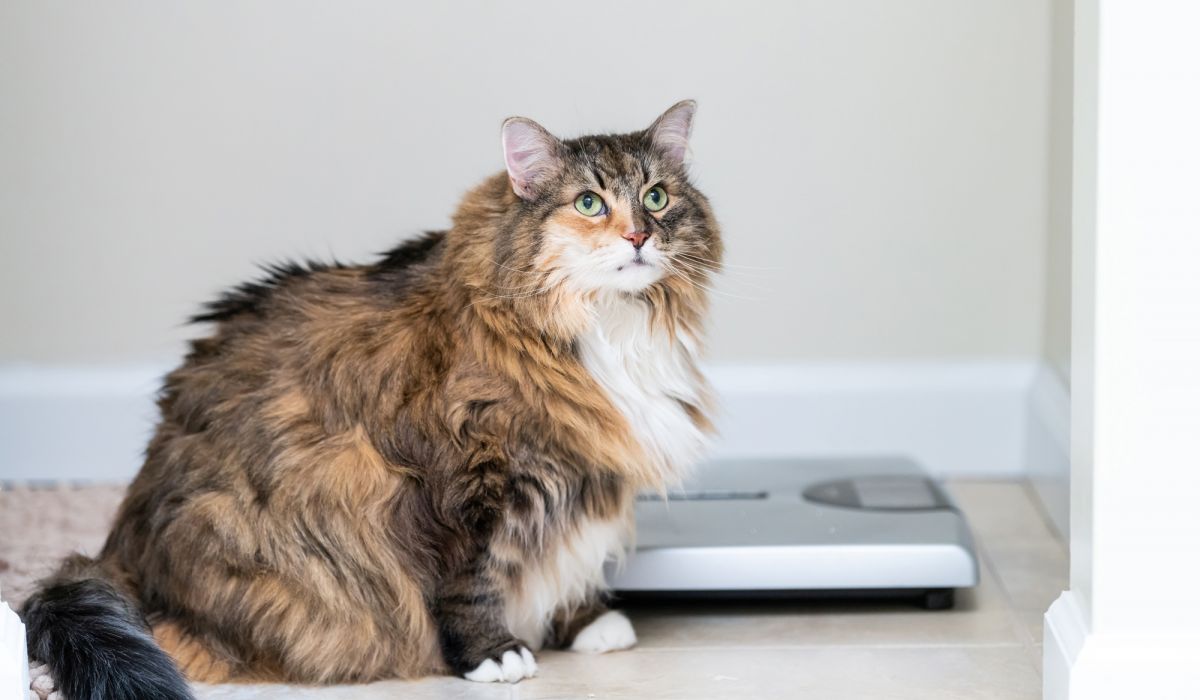
Obesity in Pets
The latest statistics show 56% of dogs are overweight or obese. Yet 81% of pet owners say their dogs are a normal weight. It’s worth knowing that obesity-related treatments can cost pet owners more than $2,000 per year. Obesity in dogs and cats exists when an animal’s weight is 20% above ideal body weight. It’s important to work with your veterinarian to assess your pet’s body condition, muscle condition, lifestyle and any existing medical conditions to determine how many calories you should be feeding.
So, how do you know if your dog or cat is obese or overweight? Stand behind your dog and gently run your hands along the sides of the rib cage. You should be able to feel, but not see each rib. Your dog should have a waist (or tucked up area in front of the hind legs). For cats, ribs should be palpable but not visible, they should have a slight waistline, and the belly should not be sagging.
Knowing how much to feed your dog or cat is important in maintaining a healthy weight. The guidelines on most commercial dry pet food packages are too broad to accommodate every pet’s needs. As an example, spaying or neutering your pet reduces their energy requirement by 20 to 30%, which those guidelines do not address. It is important to feed a nutritional food that has lower overall calorie density, yet maintains an appropriate nutrient balance.
Is your pet at risk? Factors that can make obesity more likely in your pet, for dogs as an example, include breed, age, neuter or spay status and their sex. Pet obesity can cause serious health problems, and make existing problems worse. It can put your pet at greater risk for diabetes, heart disease, respiratory distress, arthritis, and more.
As veterinarians, we treat these diseases. We would rather help you prevent them.
